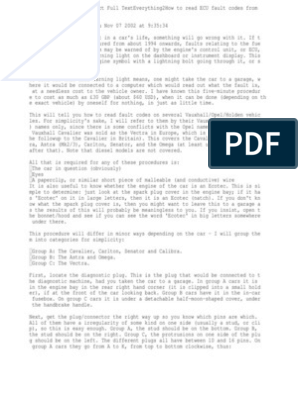0% found this document useful (0 votes)
37 views58 pagesME-439 ICE Lec - 12 - Turbocharging Fall 24
The document provides an overview of turbocharging in internal combustion engines, covering forced induction types, system layouts, and components. It details various turbocharger technologies, including wastegate and variable nozzle turbines, and discusses their operational characteristics and efficiency metrics. Additionally, it highlights the importance of turbocharger sizing and performance analysis using compressor maps.
Uploaded by
Waleed NasirCopyright
© © All Rights Reserved
We take content rights seriously. If you suspect this is your content, claim it here.
Available Formats
Download as PPTX, PDF, TXT or read online on Scribd
0% found this document useful (0 votes)
37 views58 pagesME-439 ICE Lec - 12 - Turbocharging Fall 24
The document provides an overview of turbocharging in internal combustion engines, covering forced induction types, system layouts, and components. It details various turbocharger technologies, including wastegate and variable nozzle turbines, and discusses their operational characteristics and efficiency metrics. Additionally, it highlights the importance of turbocharger sizing and performance analysis using compressor maps.
Uploaded by
Waleed NasirCopyright
© © All Rights Reserved
We take content rights seriously. If you suspect this is your content, claim it here.
Available Formats
Download as PPTX, PDF, TXT or read online on Scribd
/ 58












































































































